Sienna™ Porcelain Cladding
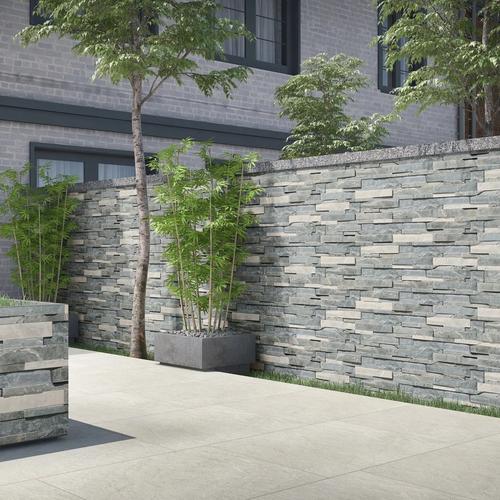
Sienna™ Porcelain Cladding
Here at Stone Zone, we take pride in being able to offer anything and everything you may need to create your dream garden. With that in mind, we wanted to introduce you to our brand-new range of Sienna™ Porcelain Cladding. Boasting 6 exquisite colours, this Cladding collection will allow you to create a contemporary and sleek garden and home. Not only will you be able to create a design that looks like it’s straight out of a magazine, but you can do some without breaking the bank. As mentioned earlier, the 6 colours will give you a lot of options to consider and play around with, giving you full freedom to create a custom home and garden.
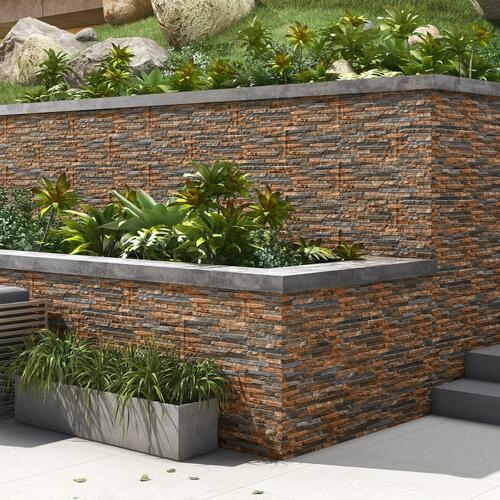
What Is Porcelain Cladding?
Porcelain cladding refers to the use of porcelain tiles or panels as a covering material for the exterior or interior surfaces of buildings. Porcelain is a type of ceramic material that is made by firing a specific type of clay at very high temperatures. This process results in a dense and durable material that is often used for various applications, including cladding.
Our Sienna™ Porcelain Cladding range consists of 6 striking colours, which are Tungsten, Quartz Grey, Quartz Crema, Rustic Quartz, Black Slate and Grey Slate.
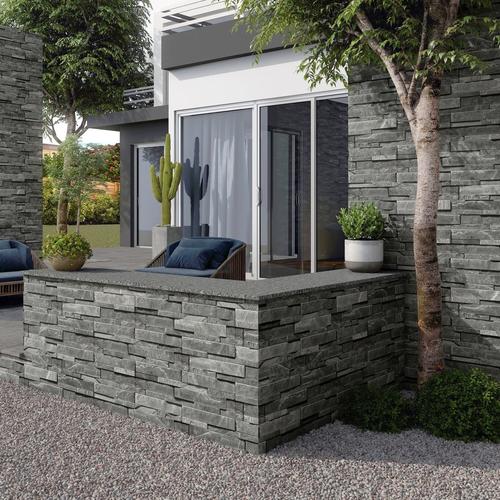
Sienna™ Porcelain Cladding Collection
Sienna™ Tungsten
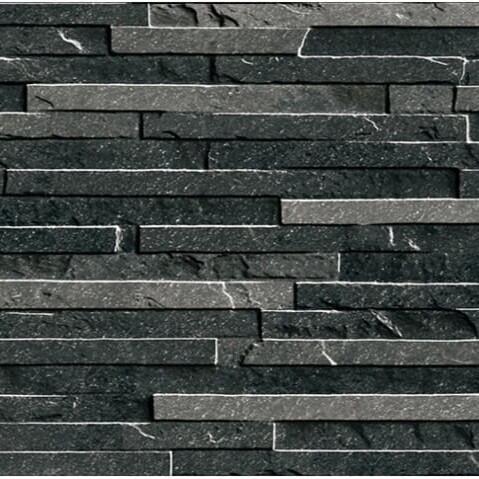
Click HERE to buy Sienna™ Tungsten
Sienna™ Quartz Crema
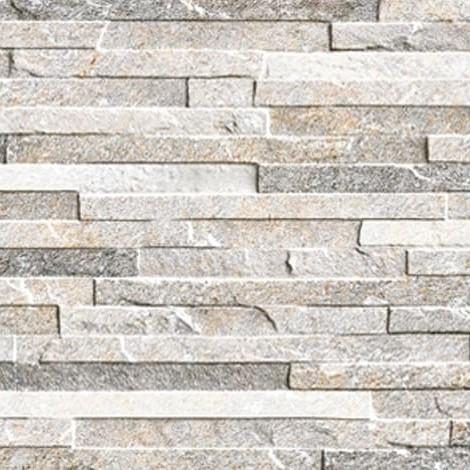
Click HERE to buy Sienna™ Quartz Crema
Sienna Quartz Grey
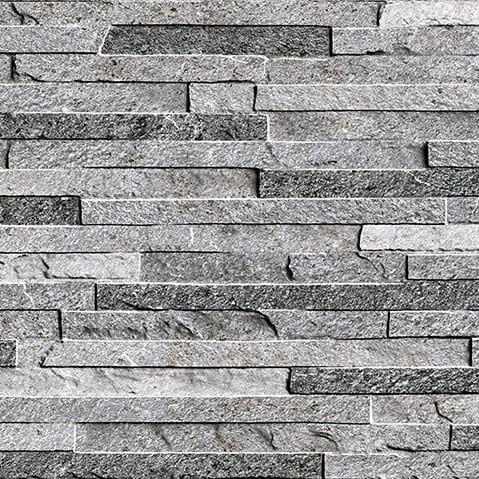
Click HERE to buy Sienna™ Quartz Grey
Sienna Rustic Quartz
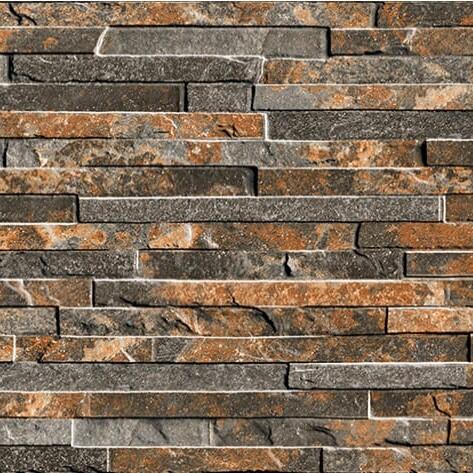
Click HERE to buy Sienna™ Rustic Quartz
Sienna™ Black Slate
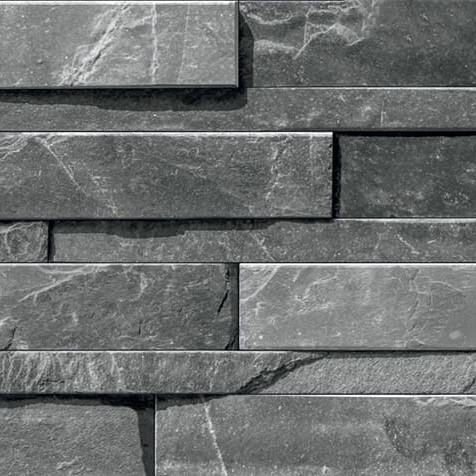
Click HERE to buy Sienna™ Black Slate
Sienna™ Grey Slate
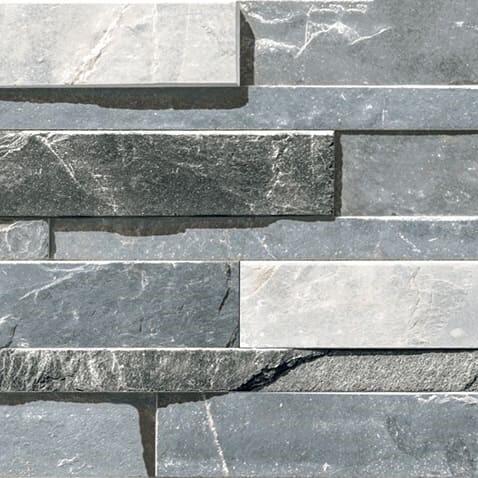
Click HERE to buy Sienna™ Grey Slate
Cladding Piece Size:
600mm x 150mm x 10mm
Pack Size:
8 Pieces - 0.72m2 Coverage
Why Choose Porcelain Cladding for Your Property
Porcelain is a highly durable material that can withstand heavy use, wear, and impact. It is resistant to scratches, stains, and fading, making it suitable for both interior and exterior applications. This durability ensures a long-lasting and low-maintenance cladding solution.
Porcelain is impervious to water absorption, making it an excellent choice for exterior cladding. It can withstand exposure to rain, snow, and fluctuating temperatures without deteriorating. This weather resistance contributes to the material's longevity and performance in various climates.
Porcelain cladding requires minimal maintenance. It is easy to clean, and its resistance to mould and mildew makes it a suitable option for areas with high humidity or moisture. Regular cleaning with mild detergent is usually sufficient to keep porcelain cladding looking new.
Porcelain cladding comes in a wide range of colours, patterns, and finishes. It can mimic the appearance of natural stone, wood, concrete, or other materials. The versatility of porcelain allows for creative and customized designs, making it suitable for various architectural styles.
Porcelain cladding is often available in large-format panels, which can create a seamless and modern aesthetic. Fewer visible joints contribute to a cleaner and more sophisticated look, especially for larger surfaces.
Porcelain is inherently fire-resistant, providing an added layer of safety to your property. This is particularly important for exterior cladding, where fire resistance is a crucial factor in building design and compliance with safety regulations.
Some manufacturers produce porcelain tiles using recycled materials, contributing to sustainability efforts. Additionally, the long lifespan of porcelain cladding reduces the need for frequent replacements, making it an environmentally friendly choice.
High-quality and well-designed cladding can enhance the overall aesthetics of your property, potentially increasing its market value. Porcelain cladding, with its modern and sophisticated appearance, can contribute to the visual appeal of your home or building.
Porcelain cladding can be installed using various methods, including adhesive systems or mechanical fixing systems. The installation process is generally straightforward, and the lightweight nature of porcelain panels may simplify handling and transportation.
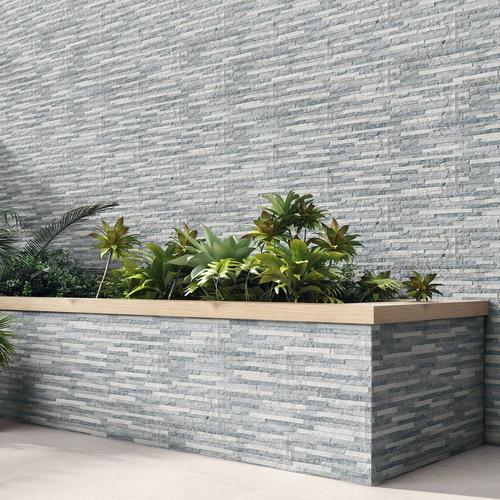
How to Install Porcelain Cladding
The installation of porcelain cladding involves several steps to ensure a secure, durable, and aesthetically pleasing result. The specific details of the installation process may vary based on factors such as the type of porcelain cladding, the substrate material, and the design preferences. Here is a general guide to installing porcelain cladding:
Materials and Tools:
- Porcelain cladding panels
- Adhesive suitable for porcelain tiles
- Notched trowel
- Tile spacers
- Level
- Rubber mallet
- Grout
- Grout float
- Sealant (optional)
Surface Preparation:
Ensure that the substrate is clean, dry, and free of dust, grease, or any other contaminants.
Repair any cracks or irregularities in the substrate.
Apply a waterproofing membrane, if necessary, especially for exterior installations.
Layout and Design:
Plan the layout of the porcelain cladding panels, considering the pattern, orientation, and any specific design features.
Use a level and chalk lines to mark reference lines on the substrate to guide the installation.
Cutting Panels:
Measure and mark any necessary cuts on the porcelain cladding panels using a tile cutter or a wet saw.
Wear appropriate safety gear, such as safety glasses and gloves, when cutting porcelain tiles.
Applying Adhesive:
Use a notched trowel to apply a suitable adhesive to the substrate. Choose an adhesive recommended for porcelain tiles and the specific conditions of your installation.
Work in small sections to ensure that the adhesive doesn't dry before placing the porcelain panels.
Placing Porcelain Cladding Panels:
Press the porcelain cladding panels firmly into the adhesive, starting from the reference lines or layout marks.
Use a rubber mallet to gently tap the tiles into place, ensuring they are level and securely adhered to the substrate.
Insert tile spacers between panels to maintain uniform gaps for grout.
Grouting:
Allow the adhesive to cure according to the manufacturer's recommendations before grouting.
Mix the grout according to the manufacturer's instructions and apply it using a grout float.
Work the grout into the joints, making sure they are completely filled.
Cleaning:
Wipe off excess grout from the surface of the porcelain cladding with a damp sponge.
Allow the grout to cure for the recommended time before cleaning the tiles again to remove any remaining haze.
Sealing (Optional):
Some porcelain cladding may require sealing, especially if it has a porous surface. Follow the manufacturer's recommendations regarding sealing.
Final Inspection:
Inspect the installed porcelain cladding for any imperfections, and make any necessary adjustments.
Allow the installation to fully cure before subjecting it to heavy use or exposure to harsh conditions.

